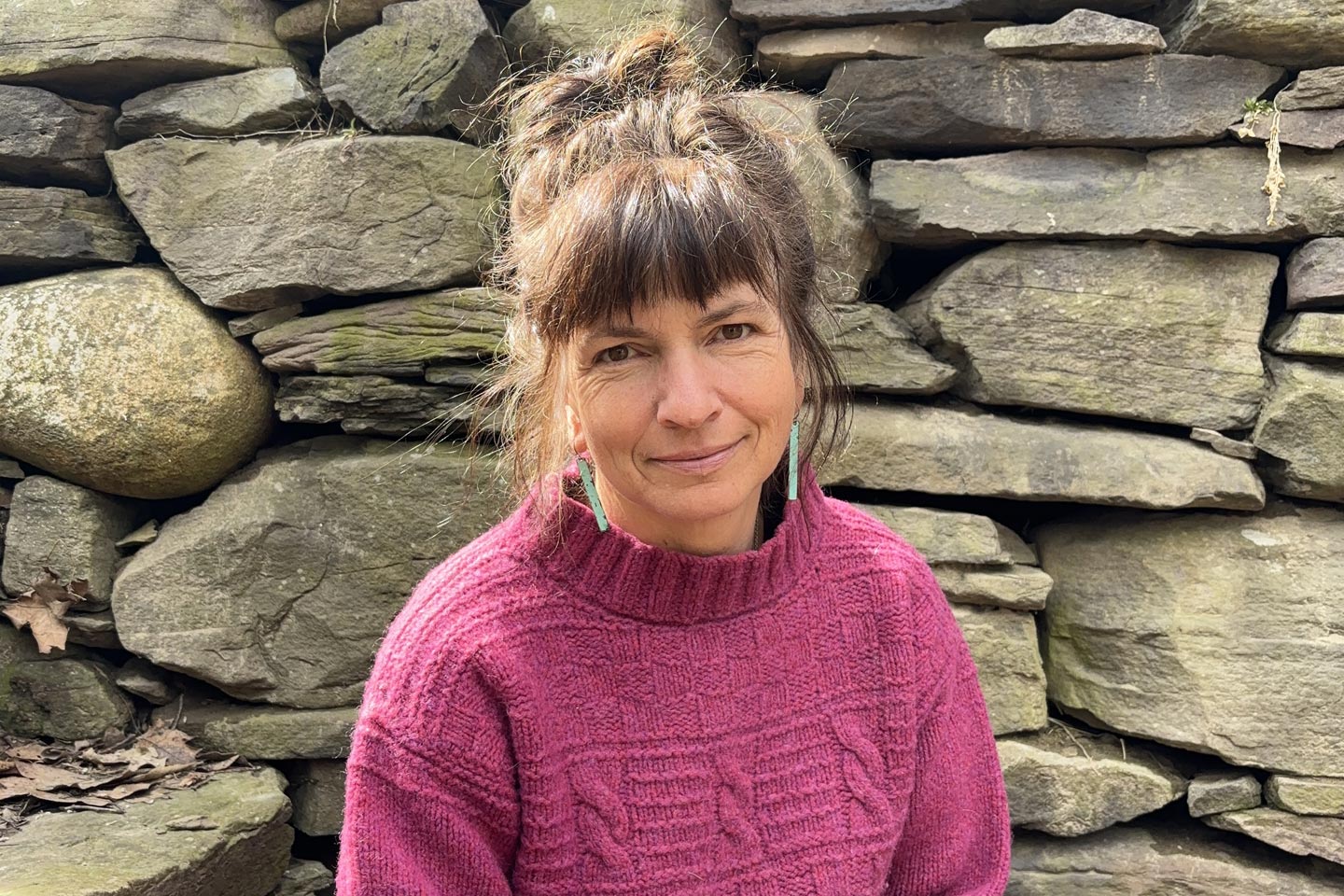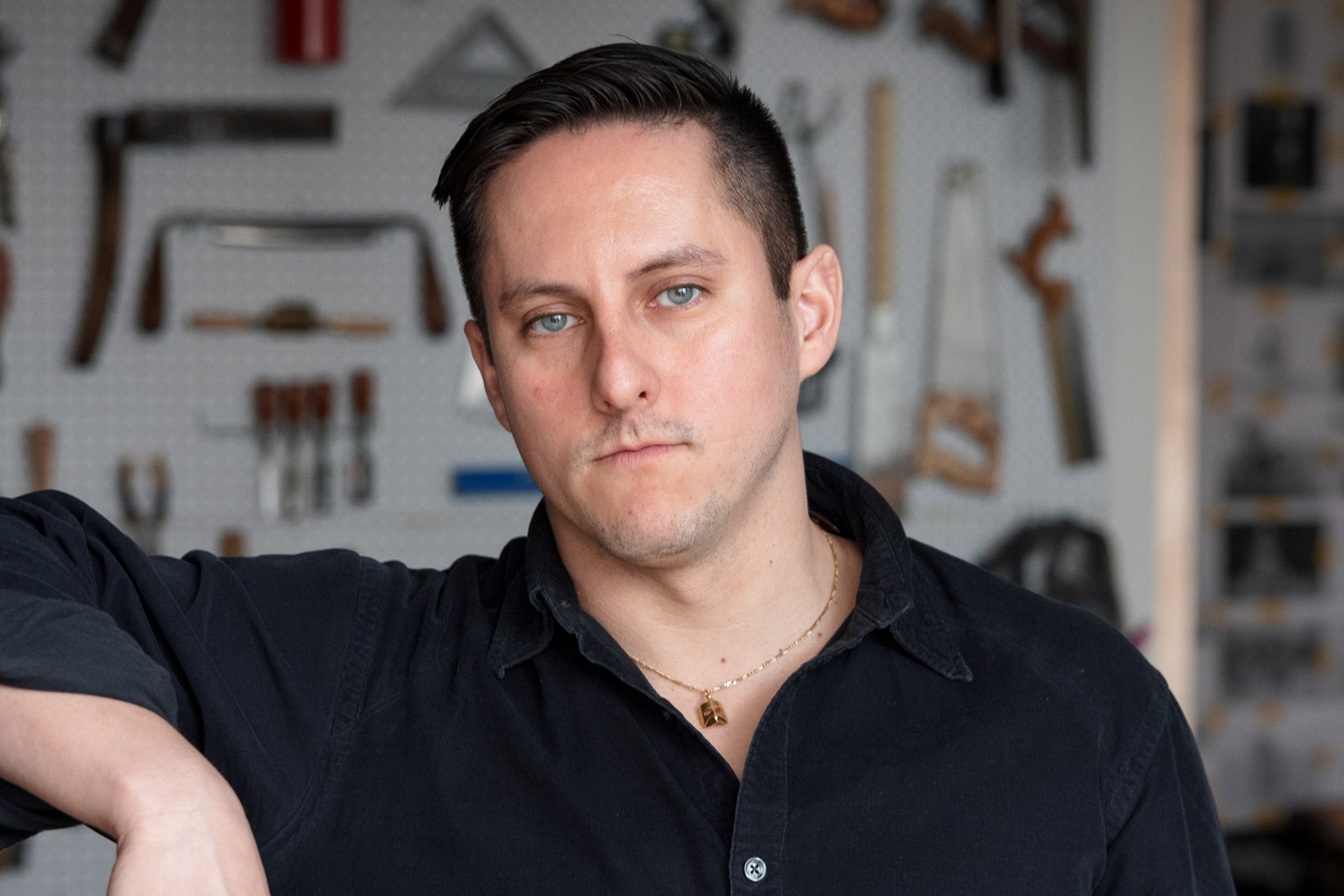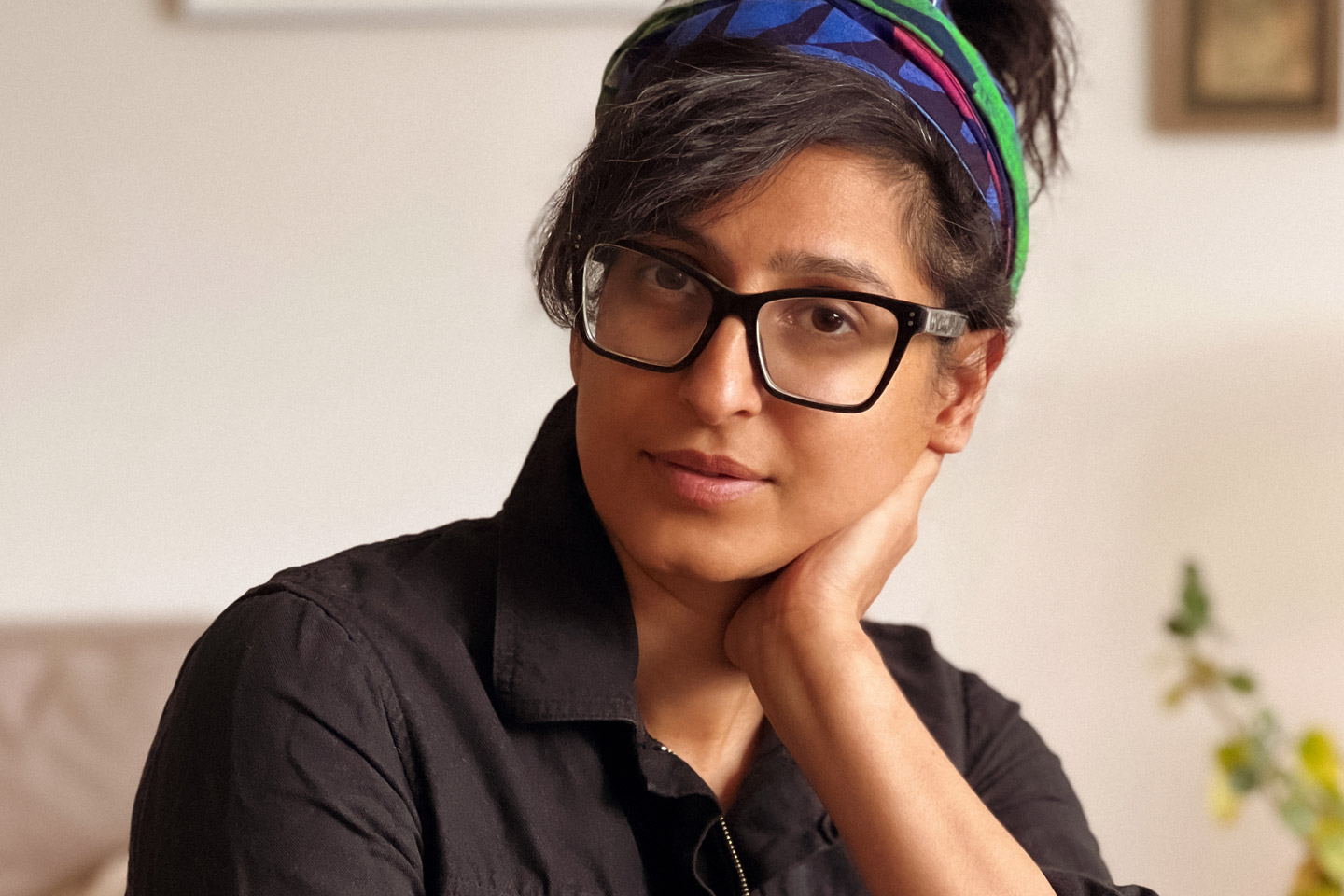Aspen Golann
she/they Woodworker Berwick, ME
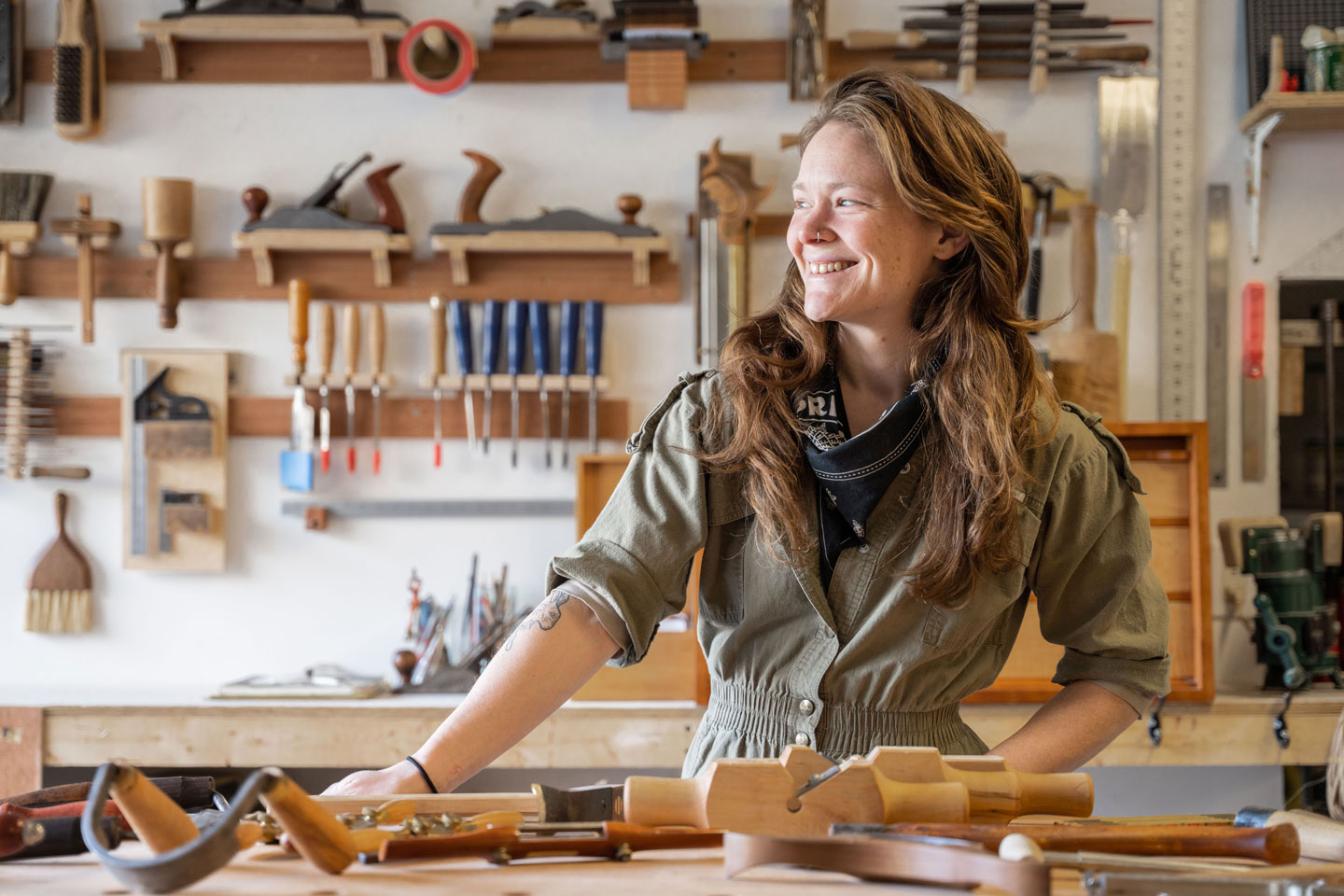
About The Artist
Aspen Golann is a furniture maker, artist and educator whose work explores gender and power through the manipulation of iconic American furniture forms. Trained as a 17th-19th century woodworker, Aspen engages the moral complexity of reproduction furniture by appropriating the aesthetics and antiquarian processes of early America to illustrate gender and social injustice endemic to the time. She mines the intersections of American furniture practices, sexuality, identity politics and contemporary craft in a range of works including fine furniture and sculpture.
Aspen devotes much of her time to teaching, working at the intersection of American decorative arts, research & inclusive education. She has collaborated on educational initiatives with both established and radical craft institutions, including Winterthur Museum, Center for Craft, Sight Unseen, The Furniture Society and Colonial Williamsburg with the goal of creating pathways for marginalized makers to engage with traditional craft practices. In 2021 she founded The Chairmaker’s Toolbox, an equity initiative designed to increase access to the field of woodworking by providing free educational opportunities & mentorship to historically excluded chair & tool makers.
Aspen has received the Mineck Fellowship, a Windgate residency at SDSU, a Critical Craft Fellowship at Winterthur Museum and is a member of the 2023 Teaching Artist Cohort through the Center for Craft. She serves on the board of A Workshop of Our Own, writes for Fine Woodworking Magazine, is the president and managing director of The Chairmaker’s Toolbox and will be teaching in the Furniture Department at The Rhode Island School of Design this spring.
About The Work
As I became aware of the blend of beauty and brutality in the aesthetics of early America, I realized two things: first, that I was being trained in the aesthetic language of white colonial power. And second, that I could learn the skills and then use that visual language however I wanted, including to lay bare its history and speak about myself. Using traditional methods and forms allows me to harness their historical power and social associations. My goal is to make furniture that is both personal and historical, simultaneously celebrating and subverting the history of American decorative arts.
Among period furniture enthusiasts there is often a lack of critical conversation around colonization, sexism, racism, and classism of the 18-19th century Euro/American power structures. I seek a broader social and political context for period furniture, and agency and belonging for marginalized experiences within American aesthetics.
My furniture and sculpture utilizes traditional methods of image making, including hand poured silver mirror, verre eglomise, and marquetry, to ornament and animate the internal spaces of furniture. By distorting recognizable forms and integrating them into iconic markers of American craft, I hope to merge antiquarian aesthetics with contemporary practice and stimulate conversations about American decorative arts and the current role of traditional woodworking.
In my studio and my classroom, my goals are to call attention to the homogeneity of the era of furniture that I work in, and to empower outsiders to engage with period furniture, the history it connects us to and its potential to give marginalized makers tools they need to tell their own stories.
From their use of hard and soft materials to their ties to 17th -19th century techniques like delicate inlays and decorative laminations, the brushes and brooms conflate the high status and masculine associations of fine furniture with objects of domestic utility most often used by women.
The combination of traditional processes and critical practice in my furniture creates space for conversations about the problematic history of our symbols and the homogenous and discriminatory state of our field. As a queer woman, hijacking and recontextualizing these symbols is a way of finding an authentic voice, reclaiming power, expanding the potential of traditional woodworking.
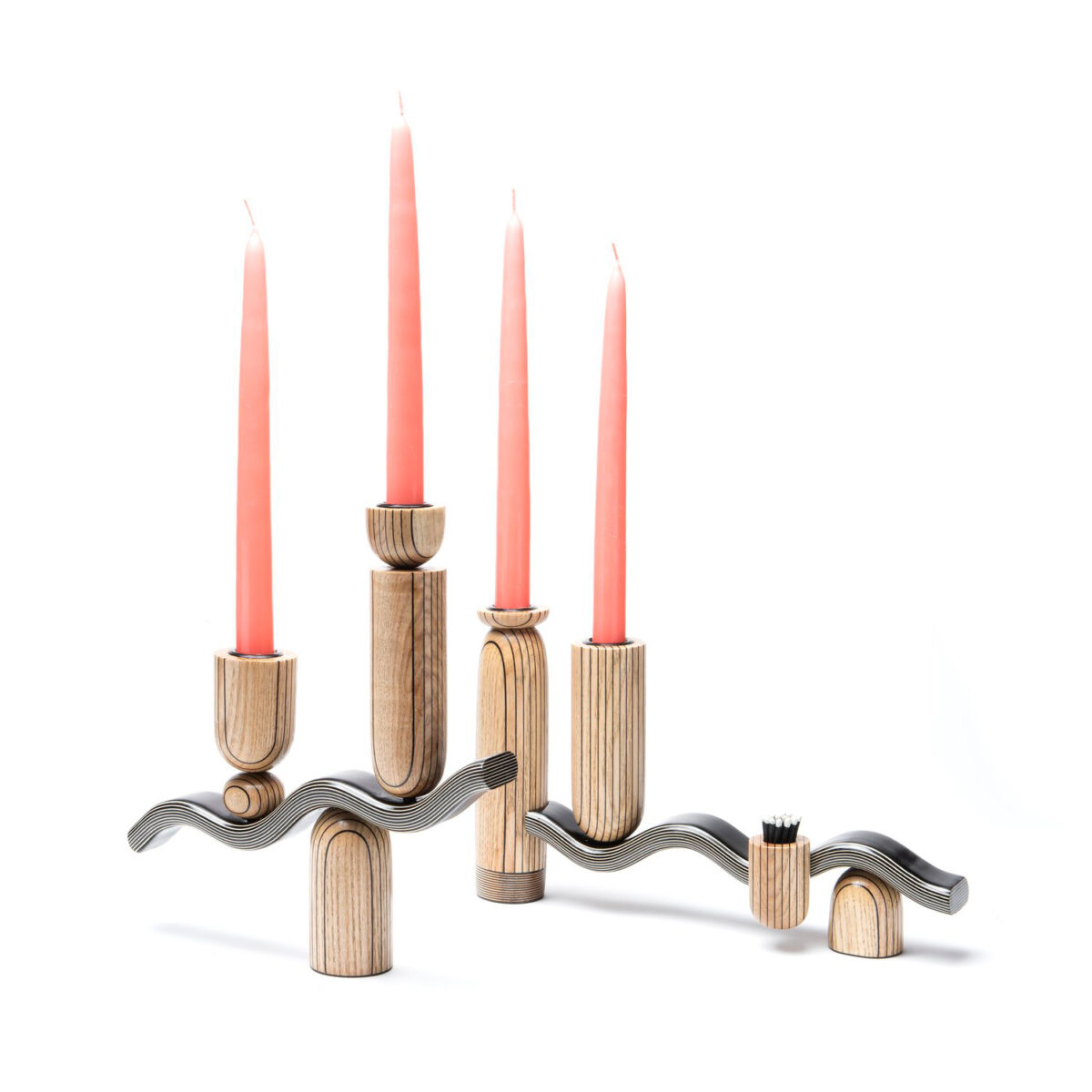
Aspen Golann, Playground Candelabras, 2020, Bleached Ash, Ebonized and Bleached Maple, Brass, 7.5” x 12.5” x 2”, photo: Loam Marketing
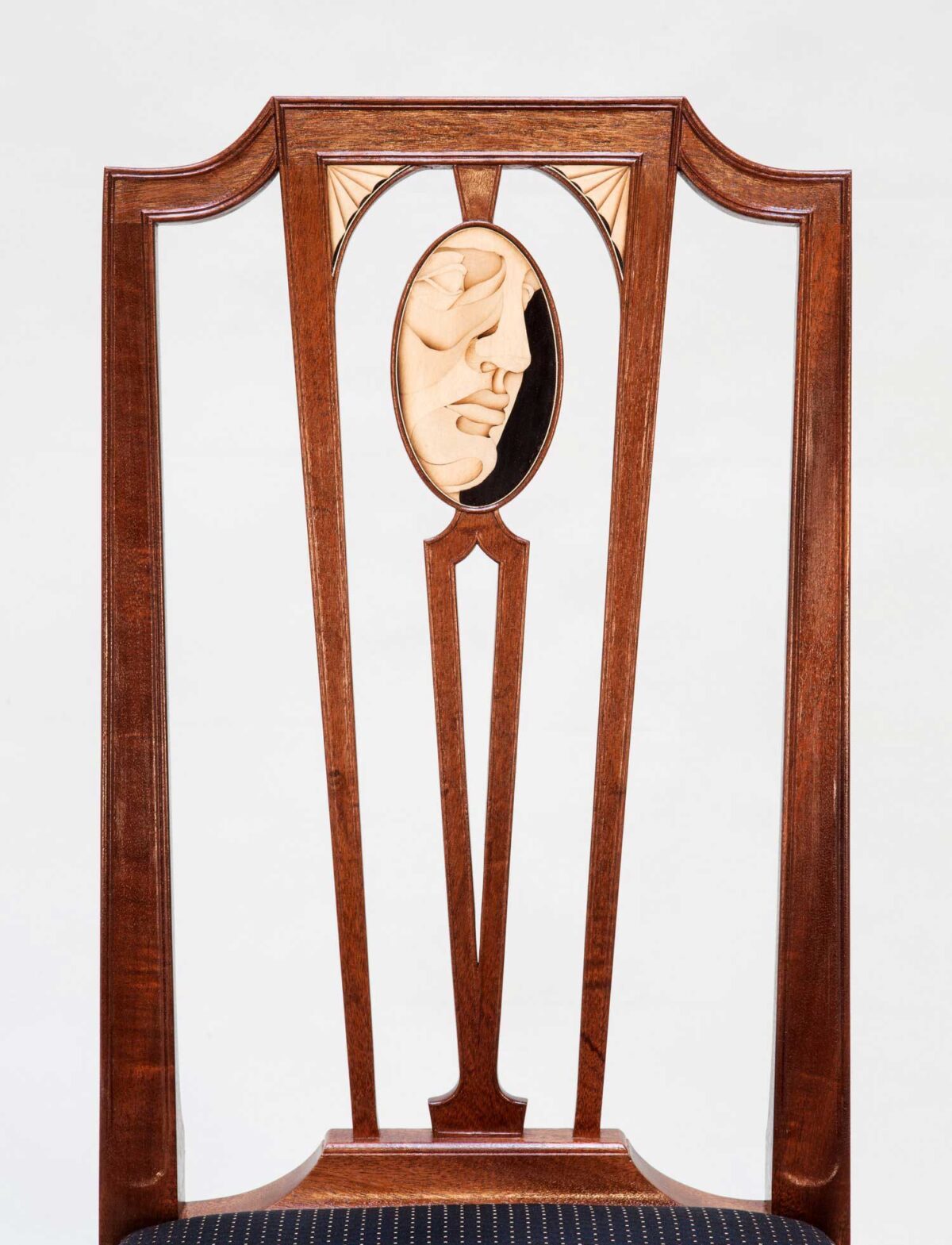
Aspen Golann, Portrait Chair, 2020, Mahogany, Ash, Ebony, Holly, Silk and horse hair, H: 36” x D: 20” x W: 19”
